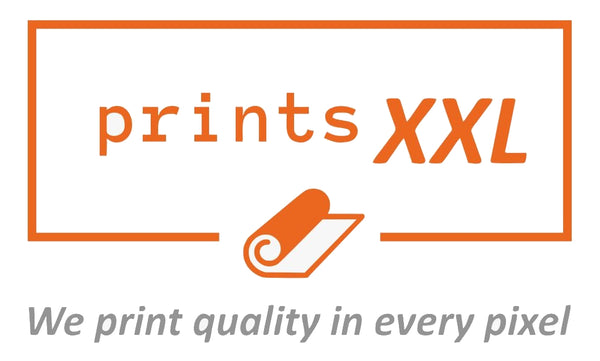Couldn't load pickup availability
Pablo Picasso's "Guernica," painted in 1937, stands as one of the most powerful and poignant pieces of political art in the 20th century. This monumental black and white mural was created in response to the bombing of the Basque town of Guernica during the Spanish Civil War. Commissioned for the Spanish Pavilion at the 1937 Paris International Exposition, "Guernica" is more than just a painting; it is a profound anti-war statement that captures the horrors of war and the suffering of innocents.
The bombing of Guernica on April 26, 1937, by Nazi German and Italian fascist air forces, resulted in widespread destruction and civilian casualties. This brutal attack shocked the world and became a symbol of the atrocities of the Spanish Civil War. Picasso, deeply affected by the events, channeled his outrage and sorrow into creating "Guernica," using his art as a form of political protest and social commentary.
"Guernica" is a large mural measuring 11.5 feet tall and 25.6 feet wide. The painting is executed in stark black, white, and gray, which enhances its dramatic and somber tone. The composition is chaotic and fragmented, reflecting the destruction and chaos of the bombing. Central to the painting is a distressed horse, symbolizing the suffering of the people. Above the horse, a light bulb in the shape of an eye casts an eerie light, possibly representing the eye of God or a searchlight illuminating the horrors below.
To the left of the horse, a bull stands with a look of calm detachment, a traditional symbol in Picasso's work that has been interpreted in various ways, including representing the brutality and darkness of war. To the right, a woman with a dead child in her arms screams in agony, embodying the pain and loss experienced by countless civilians. Other figures in the painting include a dismembered soldier, a woman trapped in a burning building, and another woman holding a lamp, seemingly searching for hope amid the devastation.
Picasso employed Cubist techniques in "Guernica," fragmenting and distorting figures to convey the sense of destruction and disarray. The use of monochrome palette adds to the painting’s gravity, stripping away any distractions of color to focus on the stark reality of the scene. The overlapping and intersecting planes create a sense of movement and turmoil, mirroring the chaos of the bombing.
"Guernica" was initially met with mixed reactions but has since become one of Picasso’s most celebrated works and a universal symbol of the tragedies of war. It has been interpreted in various ways, but its core message against the senseless brutality of conflict remains powerful and relevant. The painting has traveled extensively, helping to raise awareness about the horrors of war and the plight of the Spanish people. Today, it is housed in the Museo Reina Sofía in Madrid, Spain, where it continues to draw visitors from around the world.
Beyond its artistic significance, "Guernica" has had a profound cultural and political impact. It has inspired countless artists, writers, and activists, becoming a timeless symbol of peace and resistance. The painting's stark depiction of human suffering has resonated across generations, serving as a reminder of the human cost of war and the importance of striving for peace.
In summary, Pablo Picasso’s "Guernica" is a monumental work of art that transcends its medium to deliver a powerful political message. Created in response to a specific historical atrocity, it has become a universal symbol of the horrors of war and the resilience of the human spirit. "Guernica" remains a testament to Picasso's genius and his commitment to using art as a force for social and political change.
Materials
Materials
Cotton canvas, matte photo paper, fine art paper, pigmented inks.
- The canvas it's 99 % cotton, 450 gr/sqm;
- The matte photo paper it's acid-free (archival paper), 190 gr/sqm;
- The fine art photo paper it's satinated (semi-glossy), 140 gr/sqm.
Shipping & Returns
Shipping & Returns
Dispatching time: 1-2 days.
* Standard shipping fee: The orders will be sent by priority registered mail, usually via client National Post (USPS, Canada Post, Royal Mail, LaPoste, Deutsche Post, PostNL, etc). The delivery times are not guaranteed, sometimes it will take longer and these are beyond our control. Tracking number will be provided. Clients from US and Canada cannot track the parcels as the tracking numbers are not rolled in USPS and Canada Post systems.
* UPS standard: The orders will be sent with UPS expedited option. The delivery time it's between 5-11 days. Tracking number will be provided after dispatch.
* UPS express: The orders will be sent with UPS express saver. The delivery time it's between 4-7 days. Tracking number will be provided after dispatch.
Framing tips
Framing tips
Both type of materials, paper and canvas prints come rolled and will be need to be taken to your local framers.
The image it's printed with a border of 0.6 " (1.5 cm), for framing purposes only.
If you have already a frame, be sure you send us the exact size of the print that will fit inside the frame. We're printing on vectorial plotters so the size could slightly be more or less with 0.4" (1 cm).
If you plan to have the canvas print stretched on wooden frame, you'll need additional border, so please let us know after placing the order.
The images above was cropped from the image at the biggest size available (keeping the best quality and aspect /ratio), so, for good details please choose biggest dimensions that will suit your preferences / space.
Care Instructions
Care Instructions
The print media (canvas or photo paper) could be cleaned only with a dry, soft cloth.
Share
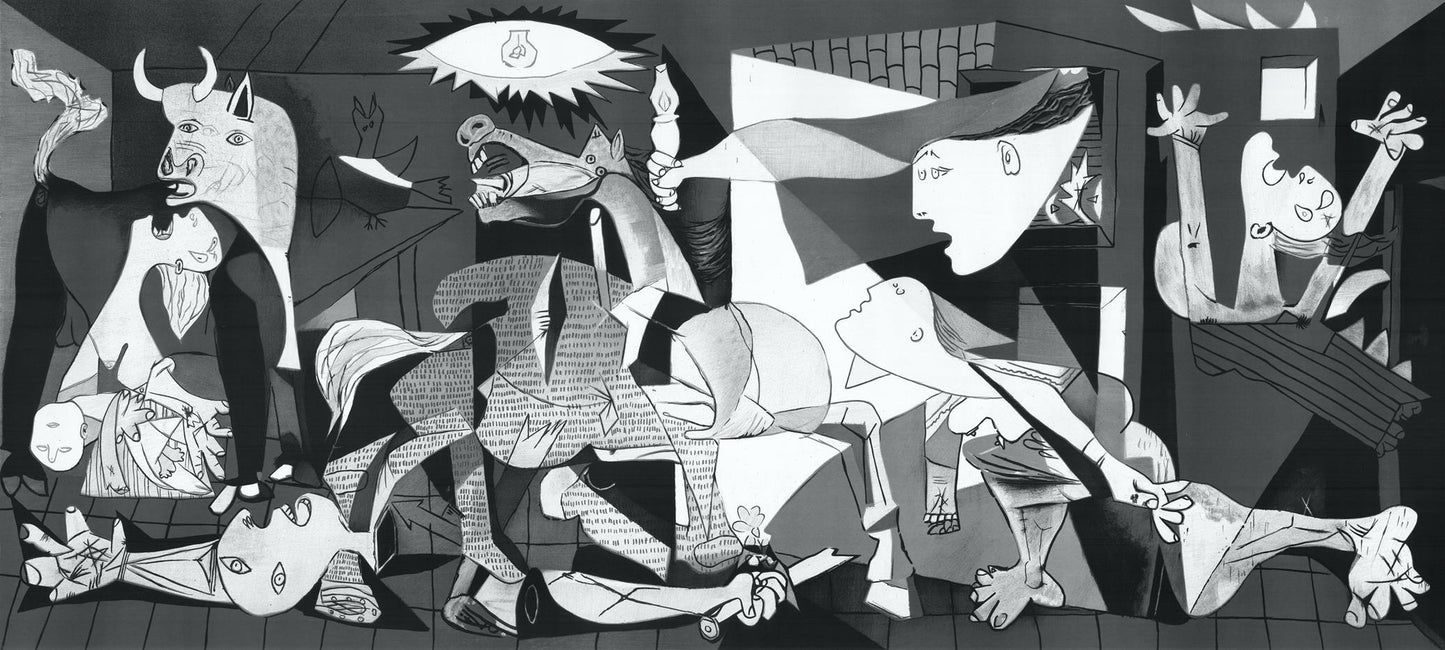
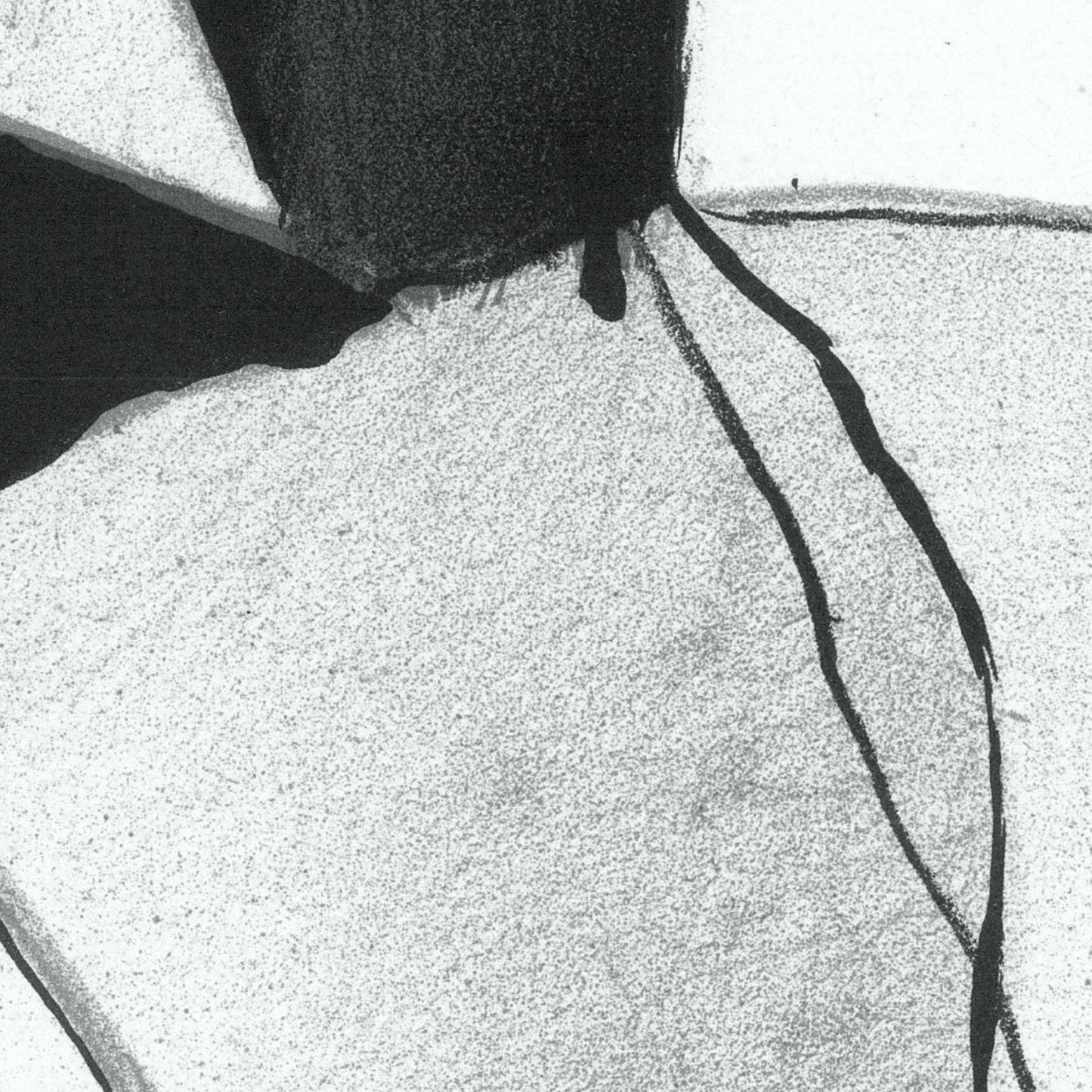
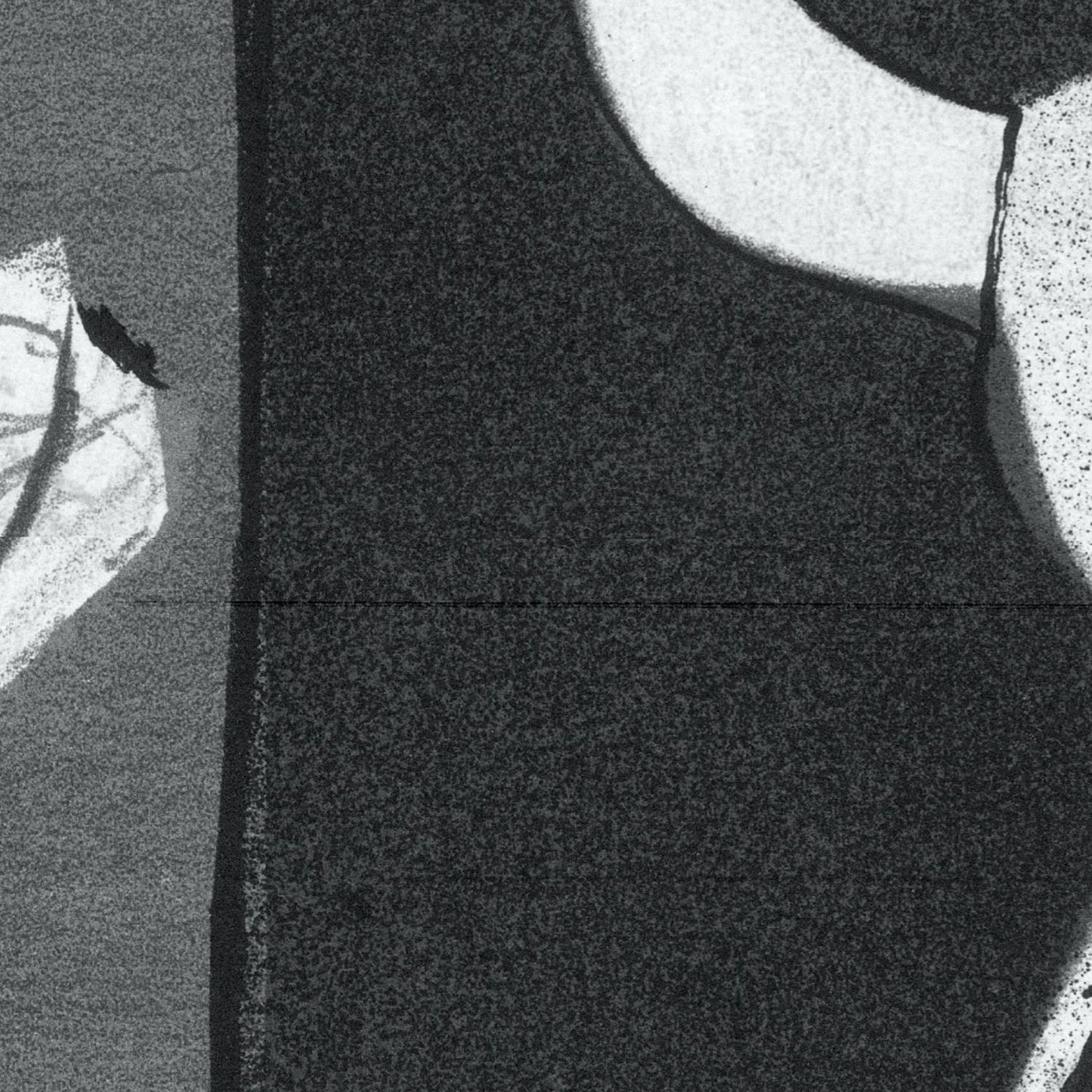



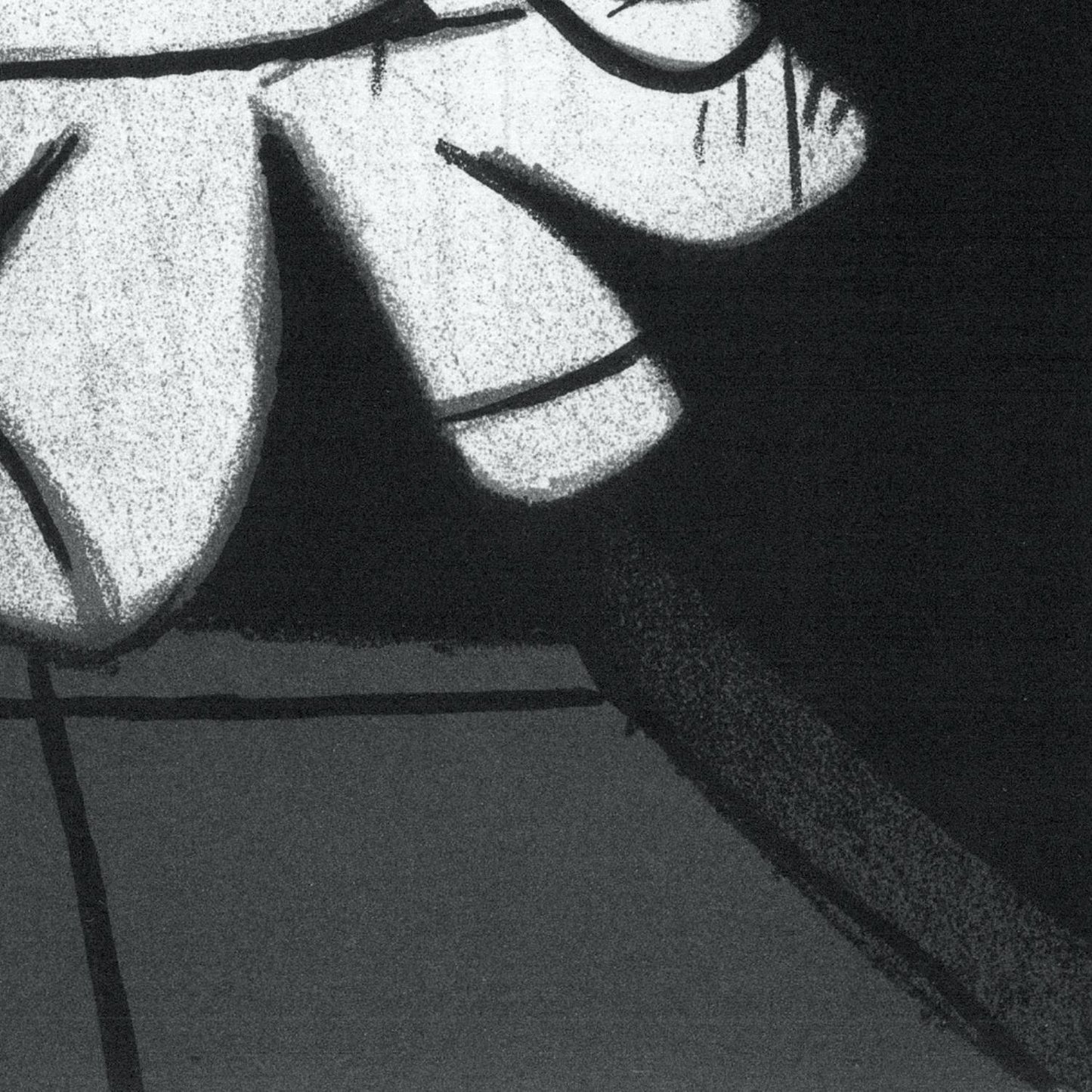
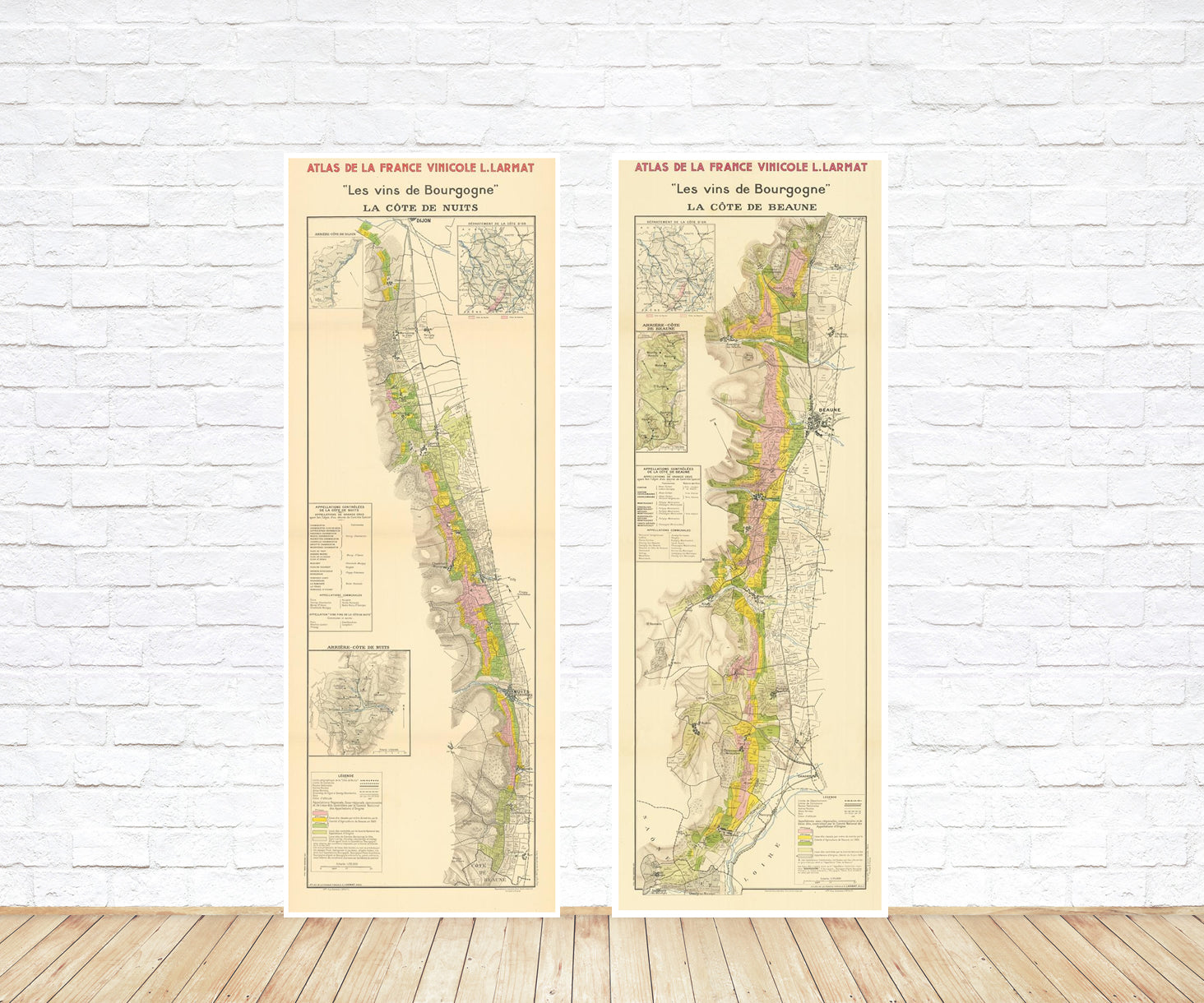
Wine maps
Explore the rich history of wine through centuries-old maps. Dive into the heritage, culture, and geography of wine regions with our collection of vintage wine maps.
These meticulously preserved historical treasures offer a window into the evolution of viticulture, showcasing how wine regions have transformed over the centuries.
-
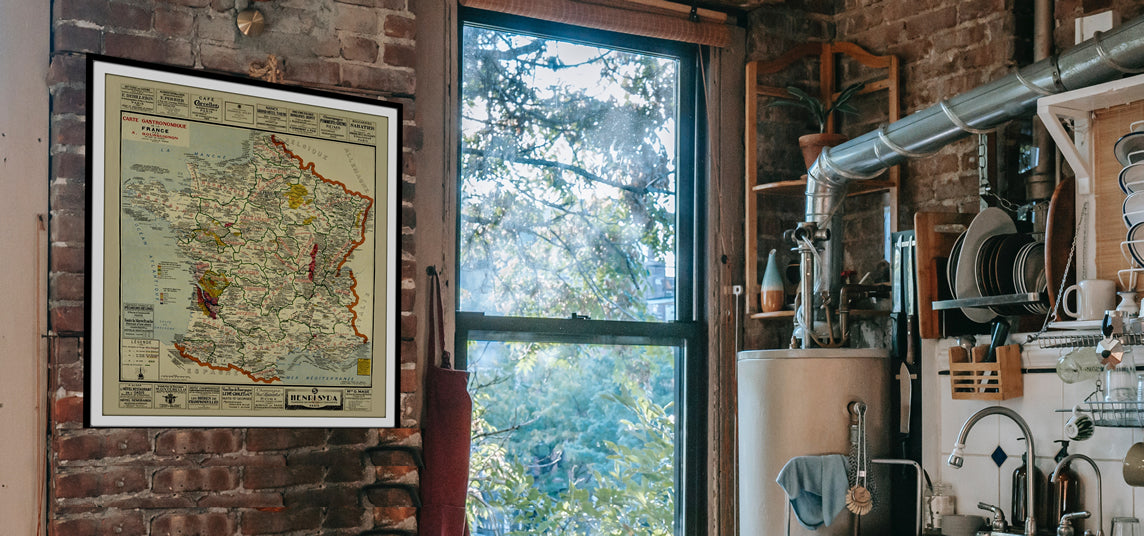
Gastronomic maps
Dive into a world of culinary exploration with our collection of gastronomic maps – your passport to gastronomic adventures like no other. Discover the intricate art of cheese-making and the exquisite world of gourmet delights through our meticulously curated Cheese Maps and Gastronomic Maps.
-
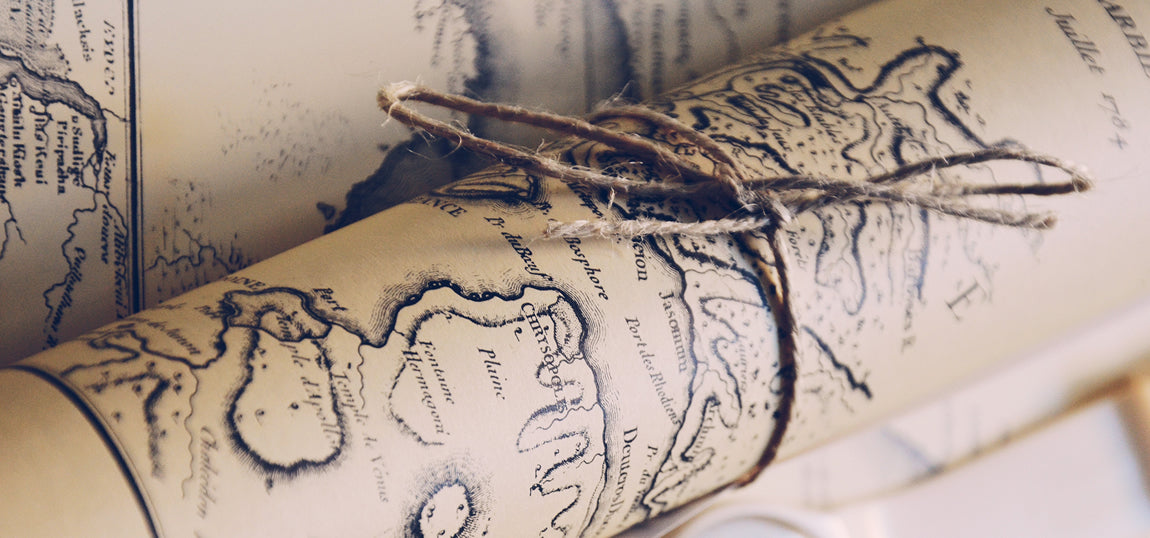
Empires maps
Travel through history as you explore the territorial expanse, conquests, and cultural influences of some of the world's most powerful civilizations. Our antique maps bring the epic tales of empires to life, offering a captivating glimpse into the rise and fall of these extraordinary realms. See all empires maps >
